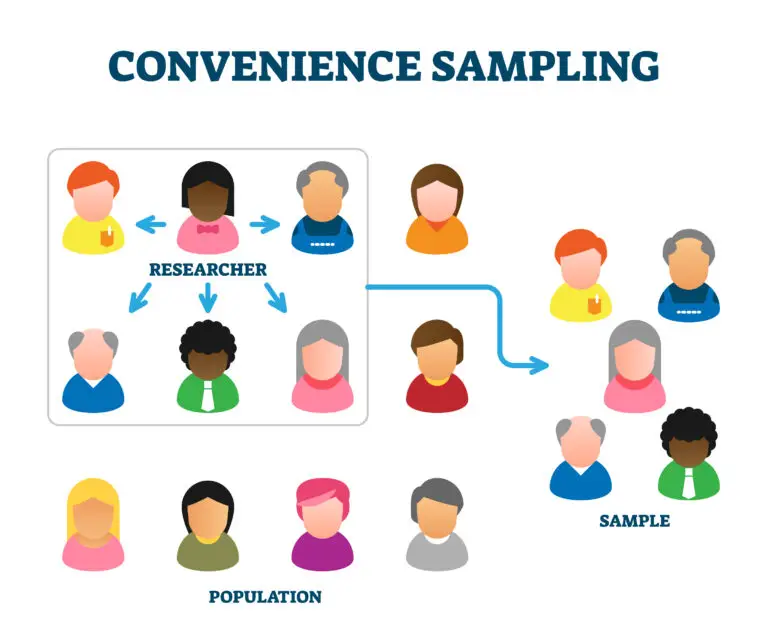Convenience Sampling

Table of Contents
Convenience Sampling Explained
Convenience sampling is a non-probability sampling technique where researchers select participants based on availability and accessibility rather than using a random or systematic sampling method.
In convenience sampling, the researcher chooses individuals or items that are easy to reach or readily available, which may not represent the entire population accurately. This sampling method is often used for its practicality and convenience but can lead to biased results and limited generalizability.
Selection Criteria
Participants or items are selected based on their convenience and accessibility to the researcher. This could include selecting individuals who are nearby, easily reachable, or willing to participate.
Lack of Randomness
Unlike random sampling methods where every member of the population has an equal chance of being selected, convenience sampling does not involve random selection. This has the ability to introduce bias into the sample.
Practicality
Convenience sampling is often used in situations where other sampling methods are impractical or too costly. For example, researchers may use convenience sampling for pilot studies, initial data collection, or when access to the entire population is difficult.
Limitations
- One of the main limitations of convenience sampling is its lack of representativeness. Since participants are selected based on convenience, the sample may not accurately reflect the characteristics of the entire population.
- The results obtained from convenience samples may not be generalizable to the broader population, as they may overrepresent certain groups and underrepresent others.
Risk of Bias
Convenience sampling can lead to selection bias, where certain characteristics or traits of the population are overrepresented or underrepresented in the sample. This can affect the validity and reliability of the study’s findings.
Example of Convenience Sampling
An example of convenience sampling would be surveying customer satisfaction at a shopping mall by approaching shoppers who happen to be passing by in a particular mall area. Here’s how it might unfold:
Imagine a researcher is interested in understanding customer satisfaction levels at a shopping mall. Instead of systematically selecting a representative sample of shoppers from different areas of the mall or at different times of the day, the researcher opts for convenience sampling due to practicality and ease.
The researcher sets up a table or station near the mall entrance and approaches shoppers passing by that specific location. They ask these shoppers to participate in a short survey about their experience at the mall, including questions about satisfaction with services, cleanliness, variety of stores, etc.
While convenience sampling is quick and convenient, it comes with limitations:
- The sample may not represent all shoppers at the mall because it’s biased toward those in a specific location at a specific time.
- Certain demographics or types of shoppers may be overrepresented or underrepresented, leading to potential biases in the survey results.
- The results from convenience sampling cannot be generalized to the entire population of mall shoppers with confidence, unlike samples obtained through random or stratified sampling methods.
Related Links
Bias
Cluster Random Sample
Voluntary Sampling
Z-Score